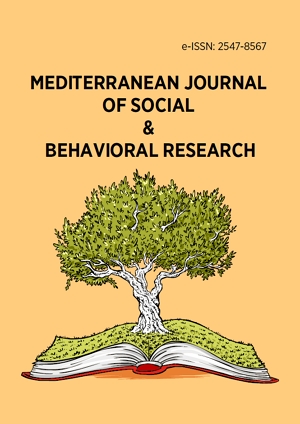Abstract
The teaching practicum is often a capstone component of teacher education programs around the world, offering prospective teachers an opportunity to connect theory with practice under the guidance of their supervisors. Inquiry into student teachers’ learning can help bridge the gap between campus-based coursework and real classroom teaching in teacher education. This study reports on a university supervisor’s first year experience, observing student teachers’ teaching in EFL elementary classrooms, in particular, teaching first graders. Data were collected from classroom observations, post-observation discussions, and student teachers’ reflective journals. It finds that the university supervisor tended toward educative supervision, guiding student teachers to implement TESOL methodology from university coursework, to reflect on and learn from classroom experiences, and to examine the effects of their lessons and activities. Examining the classroom observations, the researcher also critically reflected on her university coursework regarding how to prepare prospective teachers to be successful in enacting complex teaching practices. Suggestions concerning the supervision of EFL student teachers are made along with recommendations for further research.
Keywords
License
This is an open access article distributed under the Creative Commons Attribution License which permits unrestricted use, distribution, and reproduction in any medium, provided the original work is properly cited.
Article Type: Research Article
MEDITERR J SOC BEH RES, Volume 1, Issue 1, July 2017, 30-43
Publication date: 01 Jul 2017
Article Views: 1951
Article Downloads: 663
Open Access References How to cite this article
 Full Text (PDF)
Full Text (PDF)